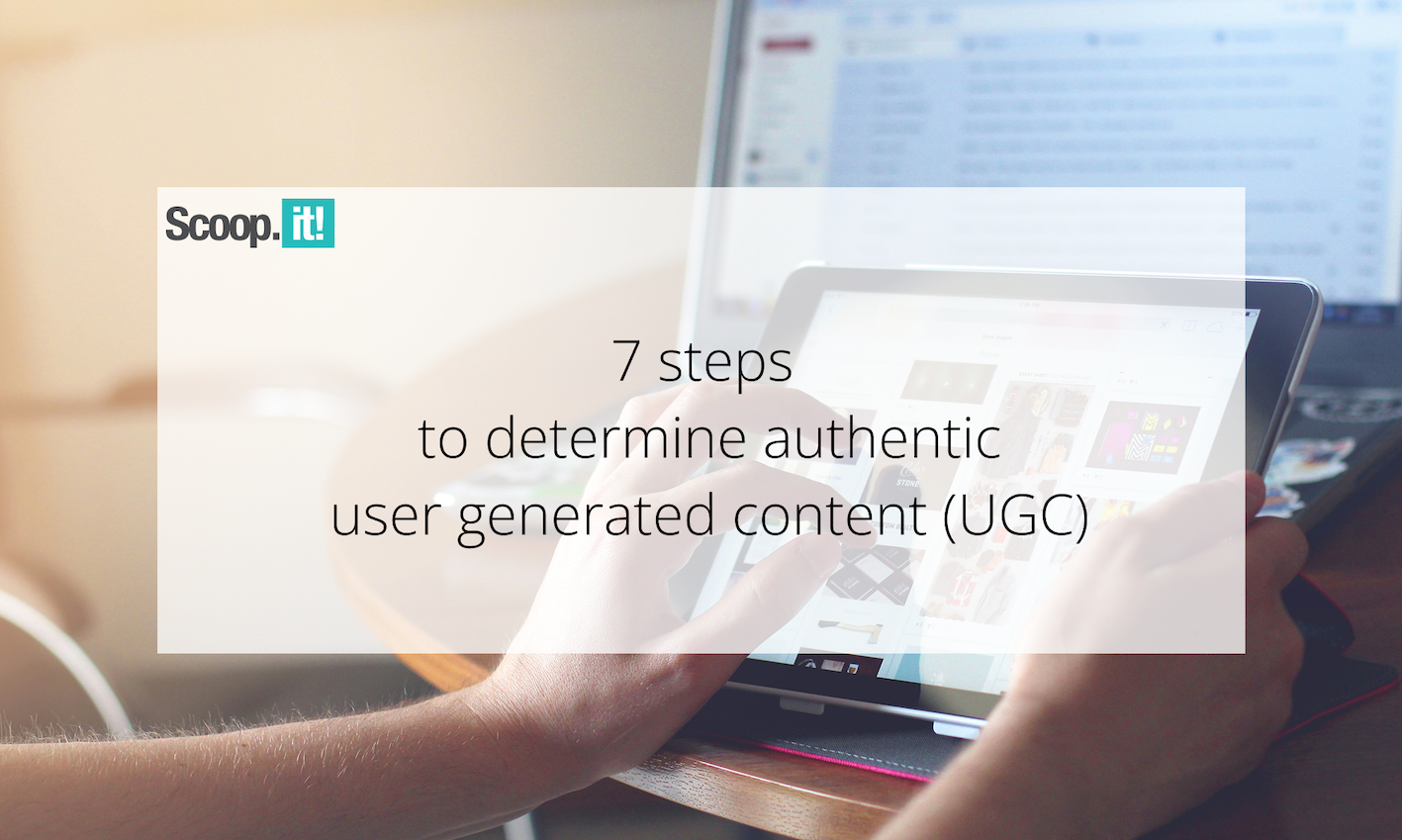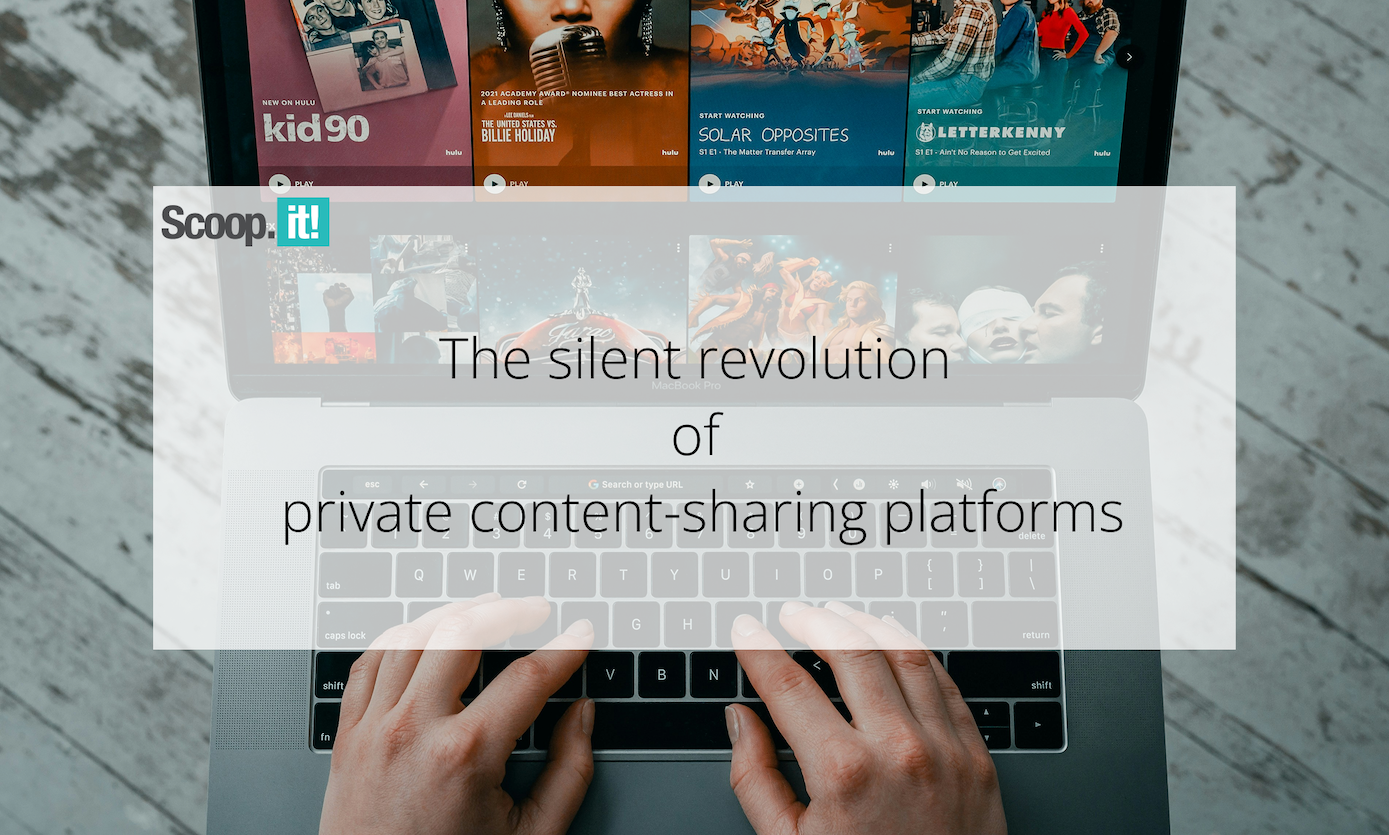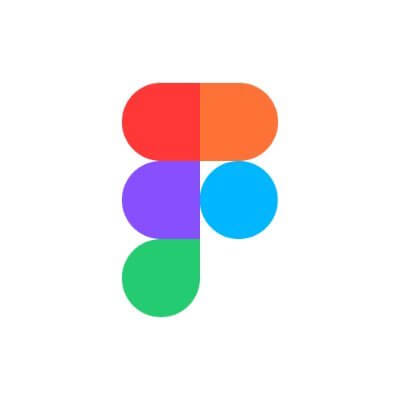How to Choose the Right Education App Development Company Without Breaking the Bank
Discover how to pick the right education app development company and manage elearning app development cost smartly without sacrificing quality.
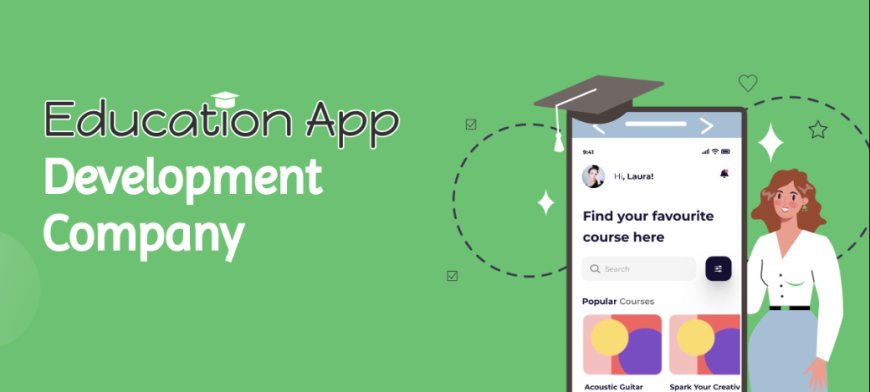
Introduction
Imagine trying to build a school with no teachers, no classrooms, and no students. Sounds absurd, right? Well, developing an education app without the right team is just as wild. Whether you're an entrepreneur, a school principal, or just someone with a bright idea to transform learning, choosing the right education app development company can be a game-changer. But here's the catch—e-learning app development cost can quickly spiral if you're not careful.
This article will walk you through everything you need to know about picking the right team, budgeting smartly, and getting the app you envisioned—all in plain English. Let’s dive in.
1. What is an Education App Development Company?
An education app development company is like a construction crew for your digital classroom. They design, build, and maintain mobile and web apps that help people learn—from kindergarten students to corporate professionals.
These companies specialize in creating platforms like e-Learning portals, quiz apps, language learning tools, and even virtual classrooms. They know the tech, the trends, and more importantly, how to make learning feel fun and seamless.
2. Why Are Education Apps Gaining Popularity?
Let’s face it—nobody wants to lug around textbooks anymore. Learning apps are pocket-sized teachers that work 24/7.
With remote learning and hybrid classrooms becoming the norm, education apps have become essential. They’re flexible, interactive, and let students learn at their own pace. Plus, institutions can track progress and performance in real time. Win-win, right?
3. Key Features of a Great Education App
If your app doesn’t teach or engage, it fails. So what makes an education app great?
Key Features Include:
-
User-Friendly Interface: Simple navigation and clear layout
-
Interactive Lessons: Quizzes, games, and video tutorials
-
Progress Tracking: Personalized dashboards
-
Push Notifications: Reminders and updates
-
Offline Mode: Access without internet
-
Multilingual Support: Reach a broader audience
Think of these features as the chalk, board, and books of your digital school.
4. Types of Education Apps You Can Build
There's no one-size-fits-all. Here are a few popular types:
-
K-12 Learning Apps (ABCmouse, Duolingo for Kids)
-
Higher Education Platforms (Coursera, edX)
-
Test Prep Apps (GRE, SAT, IELTS)
-
Corporate Training Apps (LinkedIn Learning)
-
Special Needs Learning Tools
Your target audience will shape your app’s structure and functionality.
5. Steps in Developing an Education App
Creating an education app is like baking a cake—you need the right ingredients in the right order:
-
Idea Validation: Is there a need for your app?
-
Market Research: Who are your competitors and what are users asking for?
-
Feature List: Define core features and add-ons
-
Wireframes & Prototypes: Visualize your app layout
-
Development: Coding, testing, and more coding
-
Launch: App stores and marketing
-
Maintenance: Ongoing updates and improvements
6. Understanding E-learning App Development Cost
Here’s the million-dollar question: How much does it cost to build an education app?
Average Costs:
-
Basic App: $15,000 – $30,000
-
Medium Complexity App: $30,000 – $60,000
-
Advanced Custom App: $60,000 – $150,000+
Factors Influencing Cost:
-
Features and functionalities
-
Design complexity
-
Platform (iOS, Android, Web)
-
Location of the development company
-
Ongoing maintenance and updates
Tip: Start with an MVP (Minimum Viable Product) to save money and test the market.
7. How to Choose the Right Education App Development Company
Hiring the right company is like hiring a good tutor—experience and passion matter.
What to Look For:
-
Relevant Experience: Have they built similar apps?
-
Portfolio: Check their previous work
-
Client Reviews: Feedback speaks volumes
-
Technology Stack: Are they using the latest tools?
-
Communication Skills: Will they understand and deliver your vision?
Avoid the cheapest option. You're building a learning platform, not a lemonade stand.
8. Questions to Ask Before Hiring a Company
Don't shy away from asking tough questions. Here are a few must-asks:
-
How do you handle project management and deadlines?
-
What’s your pricing model—fixed or hourly?
-
How will you ensure app security?
-
Can you integrate third-party tools like Zoom or Google Classroom?
-
Do you provide post-launch support?
These questions reveal a company’s process, professionalism, and potential red flags.
9. Common Mistakes to Avoid During Development
Learning from others’ mistakes saves time and money.
Avoid These Pitfalls:
-
Ignoring user feedback
-
Overloading with features
-
Skipping MVP development
-
Poor UI/UX design
-
Inadequate testing
Remember: Simplicity wins. Focus on what your users need, not what looks fancy.
10. How Long Does It Take to Build an Education App?
Think of it as a school year. You don’t graduate in a week.
Rough Timelines:
-
Simple App: 2-3 months
-
Medium App: 3-6 months
-
Complex App: 6-12 months
Time varies based on features, changes, and testing cycles. Patience pays off.
11. What Technologies Are Used in Education Apps?
Modern education apps are built on a solid tech stack:
-
Frontend: React Native, Flutter, Swift
-
Backend: Node.js, Django, Firebase
-
Database: MySQL, MongoDB
-
Cloud: AWS, Google Cloud
-
APIs: Payment gateways, Zoom, ChatGPT
You don’t need to understand all this—just make sure your team does.
12. Why Customization Matters in Education Apps
Would you wear someone else’s school uniform? No? That’s why customization matters.
Every educational institution has unique goals, learners, and teaching styles. Your app should reflect that. A custom solution:
-
Boosts user engagement
-
Aligns with your branding
-
Adds specific functionality for your learners
Avoid cookie-cutter templates—they rarely impress or perform well.
13. How to Ensure User Engagement
An app that’s not used is just code on a server.
Tips to Keep Users Hooked:
-
Add gamification (badges, rewards)
-
Provide real-time feedback
-
Personalize learning paths
-
Include social features (forums, leaderboards)
Think of your app as a virtual playground—fun, engaging, and valuable.
14. The Role of Feedback in App Development
Feedback is your compass—it shows if you're heading in the right direction.
Use beta testers, in-app surveys, and user reviews to understand:
-
What's working?
-
What's frustrating?
-
What features are missing?
Then, iterate and improve. Your users will love you for it.
15. Final Thoughts and Moving Forward
Creating an education app isn’t just about code. It’s about creating a platform that empowers people to learn, grow, and succeed. By partnering with the right education app development company and understanding the e-learning app development cost, you can build something truly impactful—without burning a hole in your pocket.
Start small, think big, and never stop improving.
FAQs
1. How much does it cost to develop an e-Learning app?
The e-learning app development cost can range from $15,000 to over $150,000, depending on complexity and features.
2. What platforms should my education app support?
Ideally, support both iOS and Android, plus a web version for maximum accessibility.
3. How do I find a reliable education app development company?
Check portfolios, client testimonials, and look for companies with experience in edtech projects.
4. Can I monetize my education app?
Yes! Options include subscriptions, in-app purchases, advertisements, or offering freemium models.
5. What’s better—custom app or ready-made platform?
Custom apps offer more flexibility and branding, while ready-made platforms are quicker and cheaper to launch but often less adaptable.









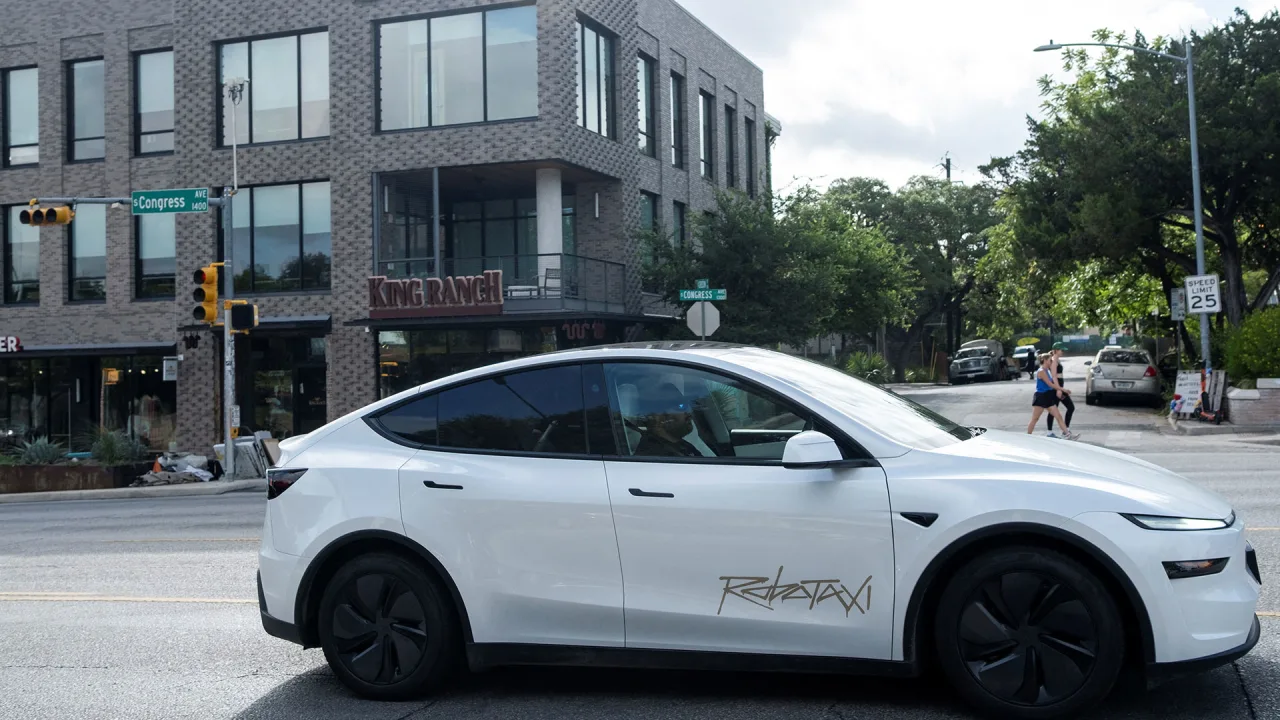























































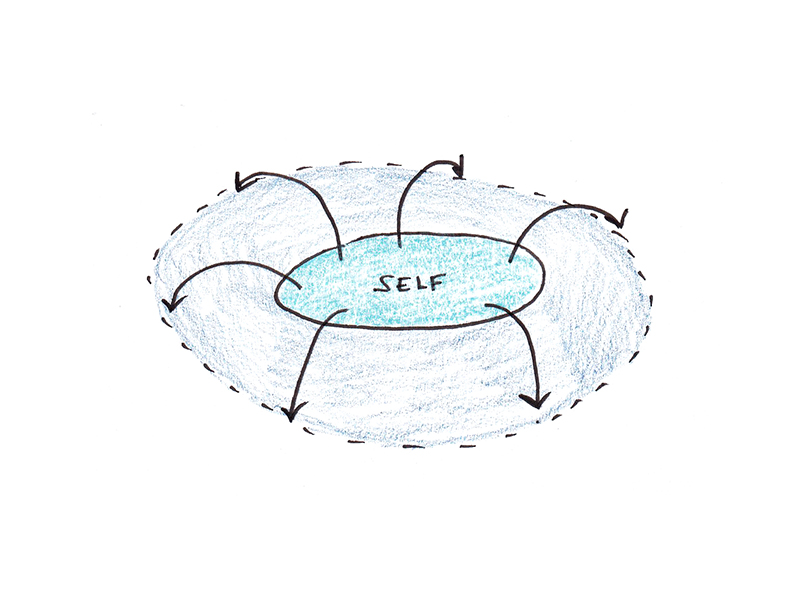





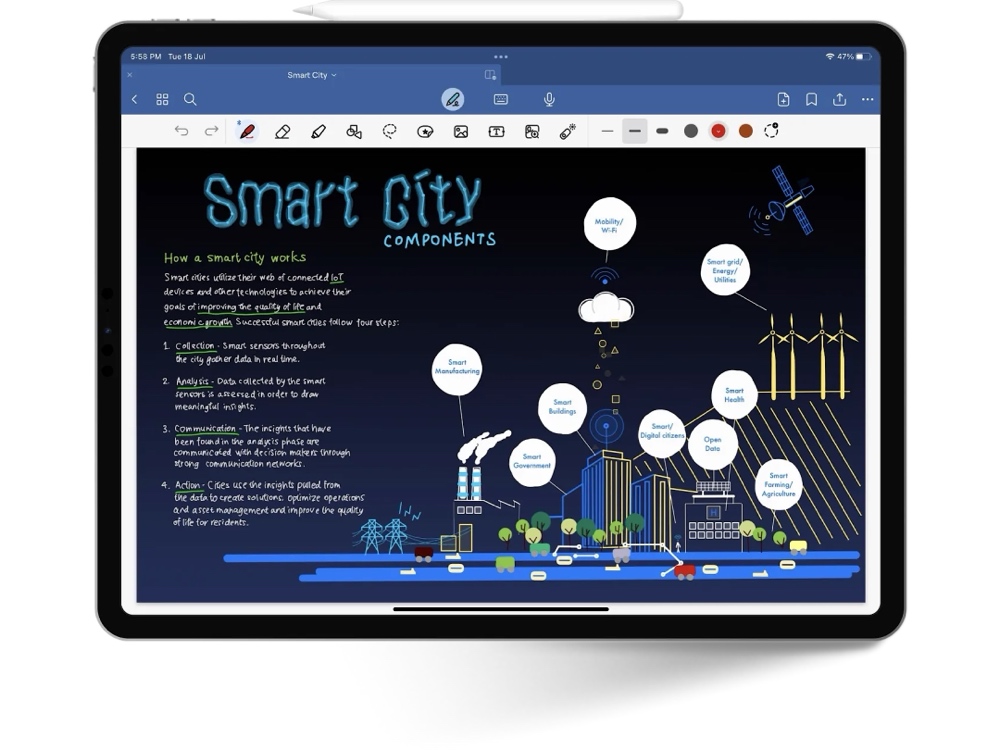

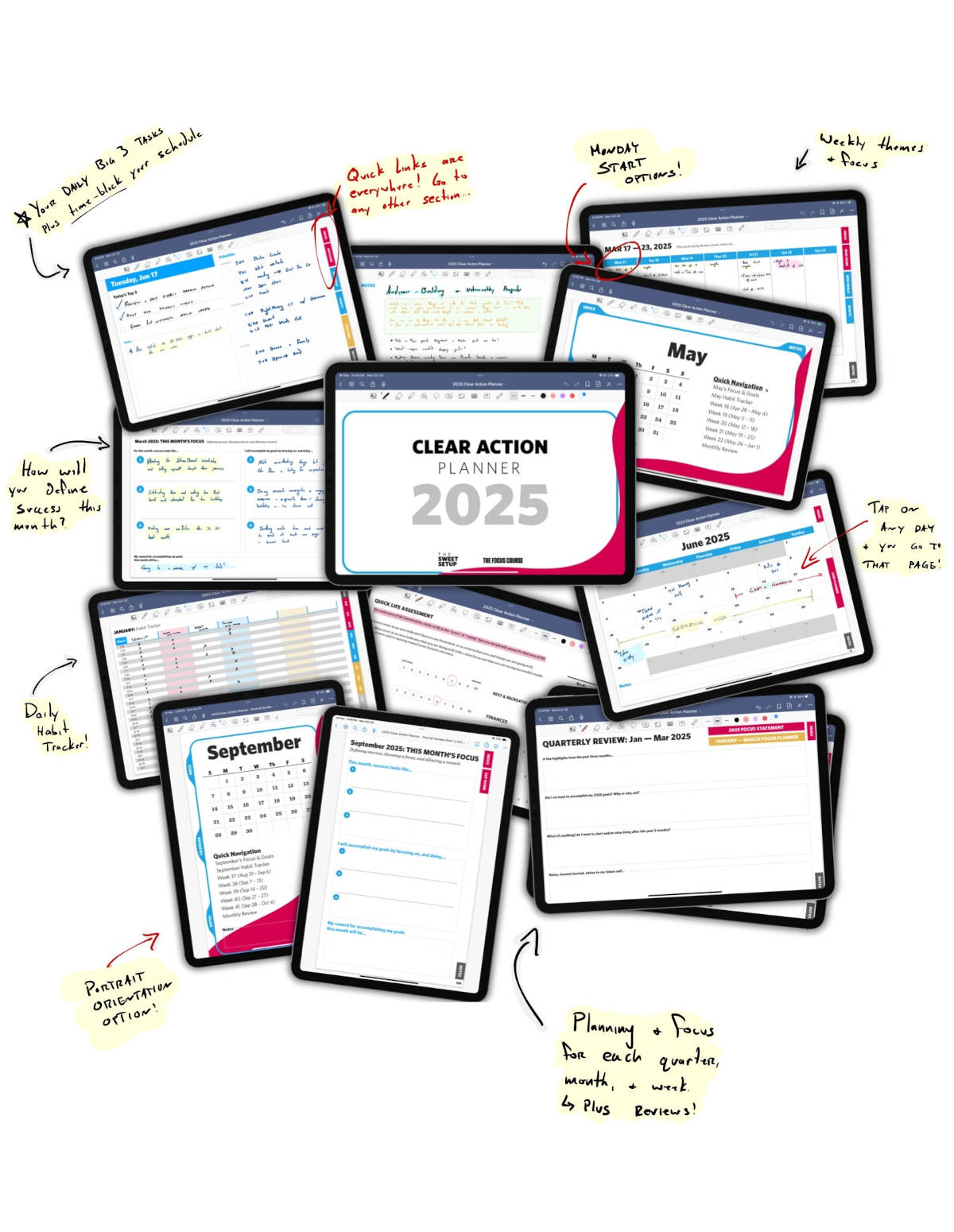
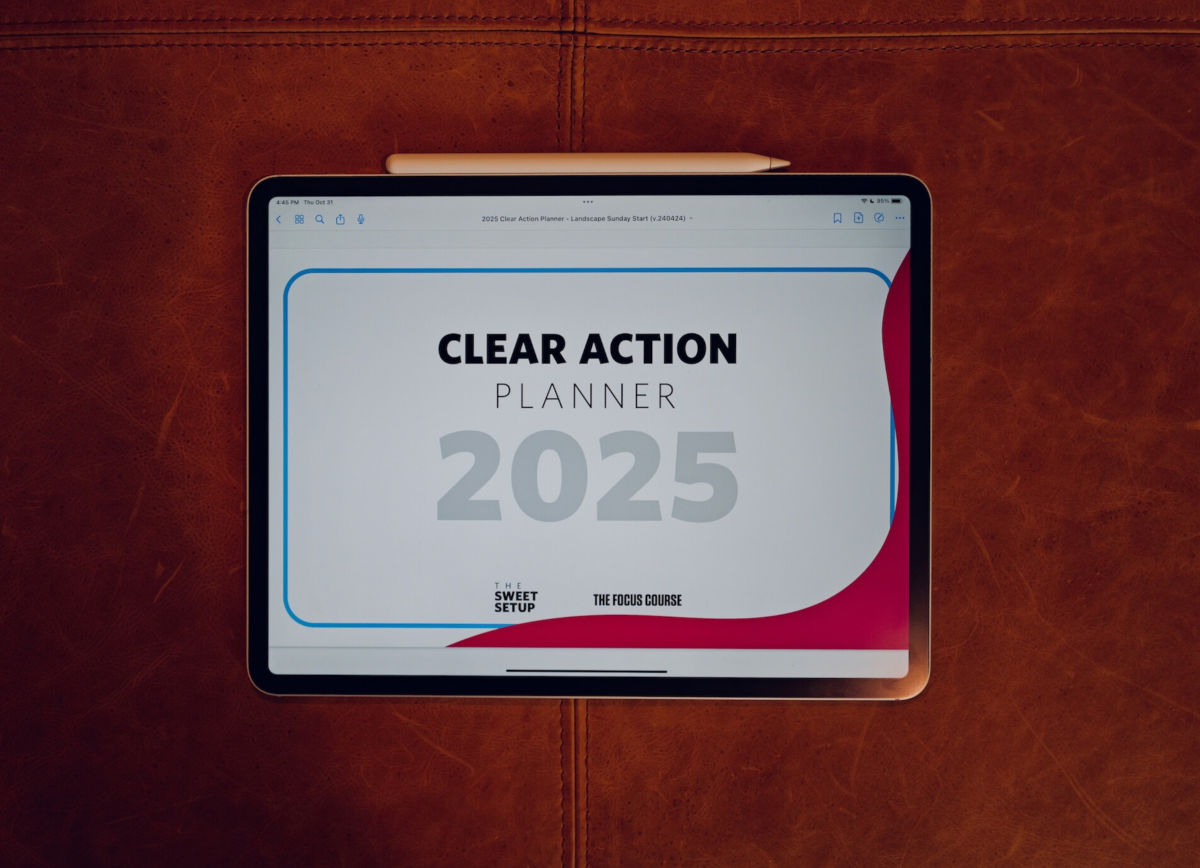











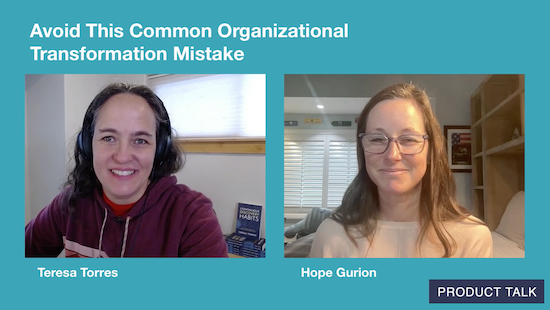
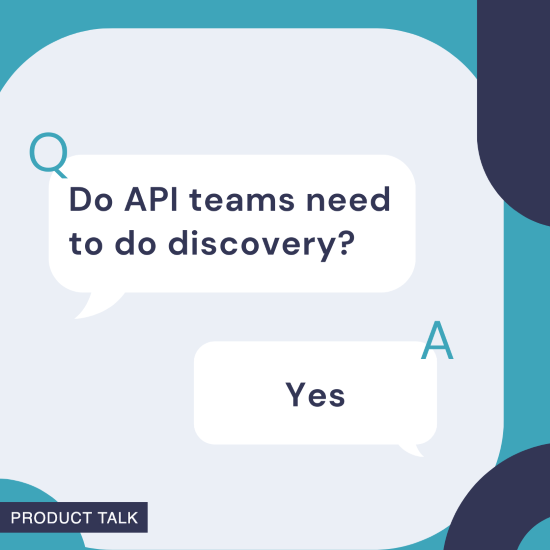
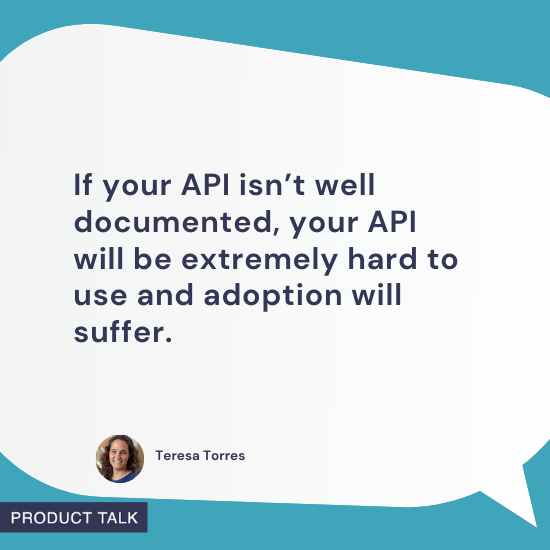







![Building A Digital PR Strategy: 10 Essential Steps for Beginners [With Examples]](https://buzzsumo.com/wp-content/uploads/2023/09/Building-A-Digital-PR-Strategy-10-Essential-Steps-for-Beginners-With-Examples-bblog-masthead.jpg)


















